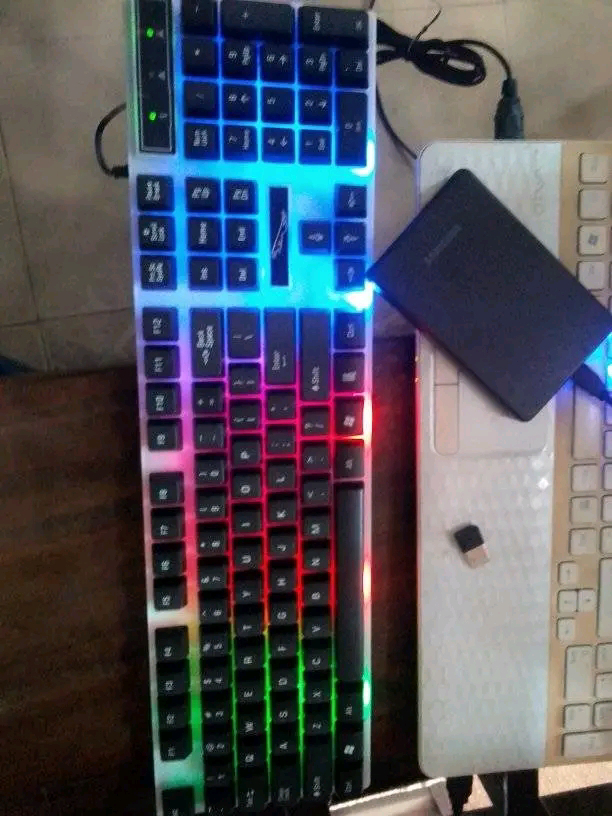
A router is designed to distribute incoming Internet signals to multiple consumers: computers, laptops, phones, and other gadgets.
Working Principle
The source of the signal for the router is the Internet service provider with whom you, as a consumer, have a contract. The ISP wire is plugged into a special WAN (or Internet) connector on the router.
Furthermore, the router receives the incoming signal from the source and, using a special routing table, distributes it to several consumers. The routing table prescribes and selects the shortest possible addresses to the connected devices. Internet data from the router is only sent to active devices. If you turn off a gadget connected to the router, the router will stop transmitting data to the address corresponding to that device.
Router buttons and connectors

1 - Power on and off button
2 - Connector for connecting the power supply of the device
3 - WAN (or Internet) connector for the network cable (usually blue)
4 - LAN connectors. These are needed to connect your consumers to the router with a network cable (usually yellow)
5 - Reboot button for the router.
Routers can be equipped with a USB connector. It is designed to connect a USB modem with a sim card to the router, which receives the incoming signal.
Interaction with devices

Consumers can connect to the router wired through the LAN ports and the Wi-Fi radio signal.
The router can usually connect from one to four consumers through the wired connection, depending on the number of LAN ports on the router.
The number of gadget connections via Wi-Fi for one router is limited and depends on the router itself and its data transfer rate. If you connect multiple devices via Wi-Fi, the data transfer rate may decrease. In other words, if the input speed of the router is 300 Mbps, and 15 devices are connected to it and working simultaneously, the data transfer rate to devices via Wi-Fi is reduced to 20 Mbps. It is because the router transmits the same rate to the connected devices at the same time. If there are walls, furniture, doors on the way from the router to the connected devices, these obstacles significantly reduce the bandwidth of the routers.
Router settings
Wireless communication protocols
The wireless network works using the 802.11 communication protocol. This protocol has its own varieties: 802.11b and 802.11g. These operate at 2.4 GHz and have limited speeds from 11 Mbps to 54 Mbps. Higher-performance protocols are 802.11ac and 802.11n. They provide higher speeds and 5 GHz frequencies.
Data transfer rate
This is an important parameter on which the performance of the router depends. The data transfer speed is related to the communication protocol.
The 802.11n standard provides speeds of 600 Mbps (at 2.4 GHz and 5 GHz). The 802.11ac standard provides faster speeds than 1300 Mbps at 5 GHz.
Frequency range
Routers can be single-band and dual-band. Its primary frequencies are 2.4 GHz and 5 GHz. The dual-band router supports both of these frequencies because of the two built-in radio modules. The majority of routers operate on the 2.4 GHz frequency. The 5 GHz frequency is preferred by the modern user because it is relatively less crowded.
Number of antennas
The number of antennas in the router allows you to separate data streams and retain a good data rate. Thus, the number of antennas increases the performance of the router.
Built-in firewall
The built-in firewall controls all incoming and outgoing information traffic and protects your home network from spam.
Encryption support
Encryption means the process of encrypting data, which is intended to protect it. An unauthorized user cannot read encrypted data.
Router encryption protocols are WEP, WPA, and WPA2.
Router operating modes
Standard connection
It is supposed that the router is connected via wire, and the Internet signal is distributed via Wi-Fi or wires from the LAN sockets.
WISP mode

It is supposed that the router is connected to the provider through the air rather than by wire, and the Internet signal is distributed via Wi-Fi or by wires from the LAN connectors.
Repeater mode

It is supposed to have two routers. The first receives the signal over the wire from the ISP and distributes the signal. The second router receives the signal from the first router and distributes it to gadgets via Wi-Fi or wires from LAN sockets. This way can be used when it is not possible to run a cable to the second router or when it is necessary to extend the coverage of the Wi-Fi network.















































